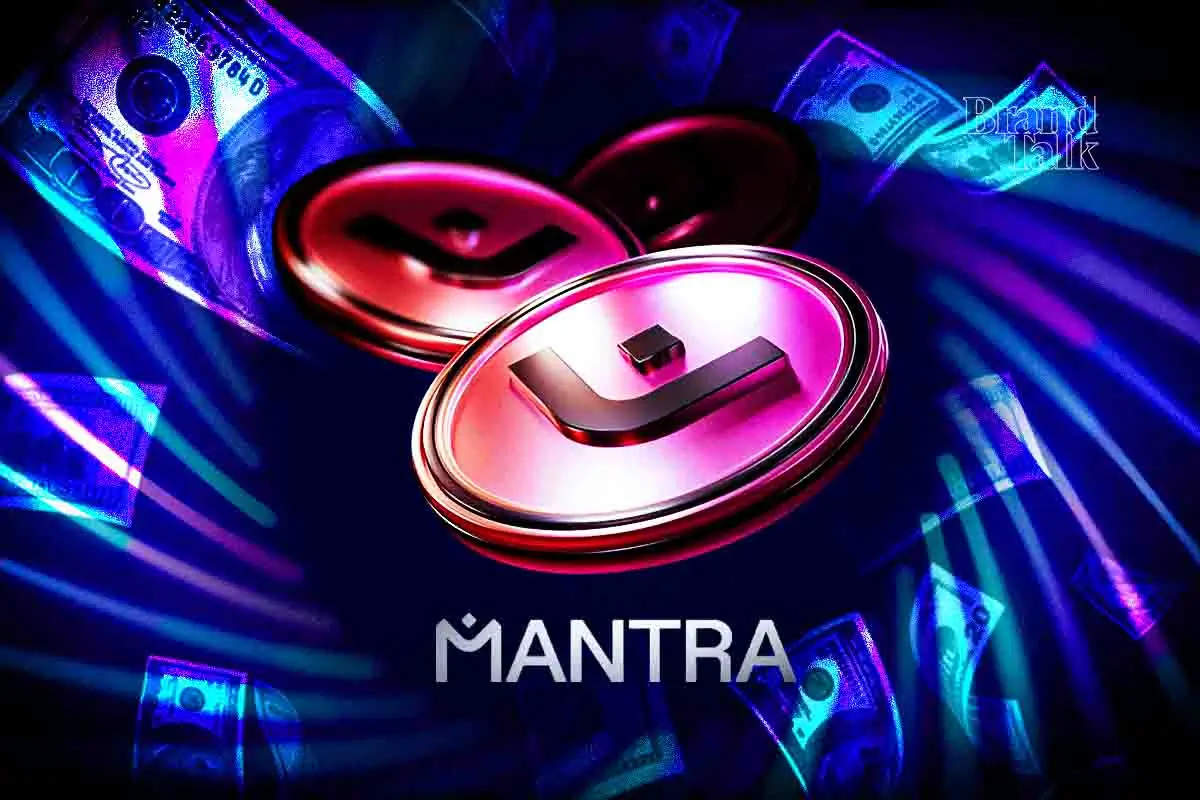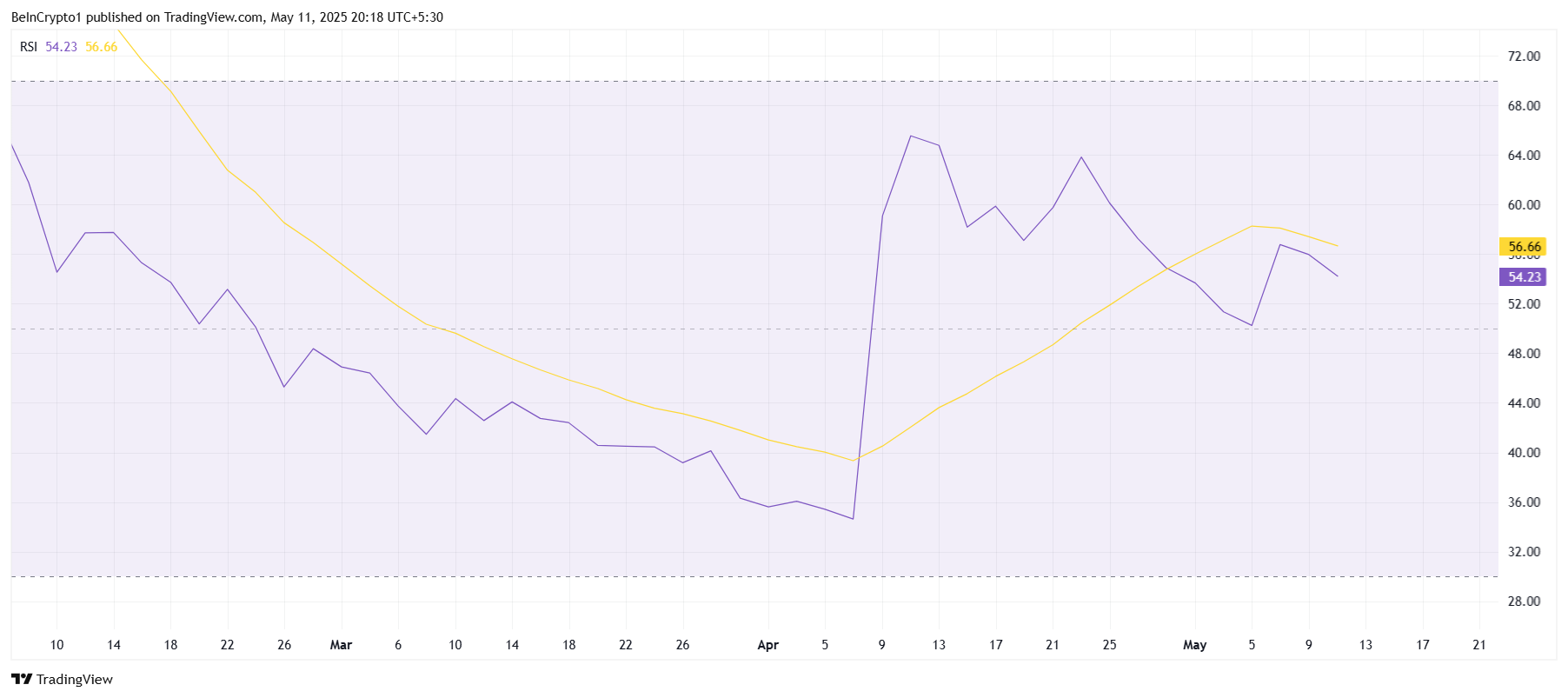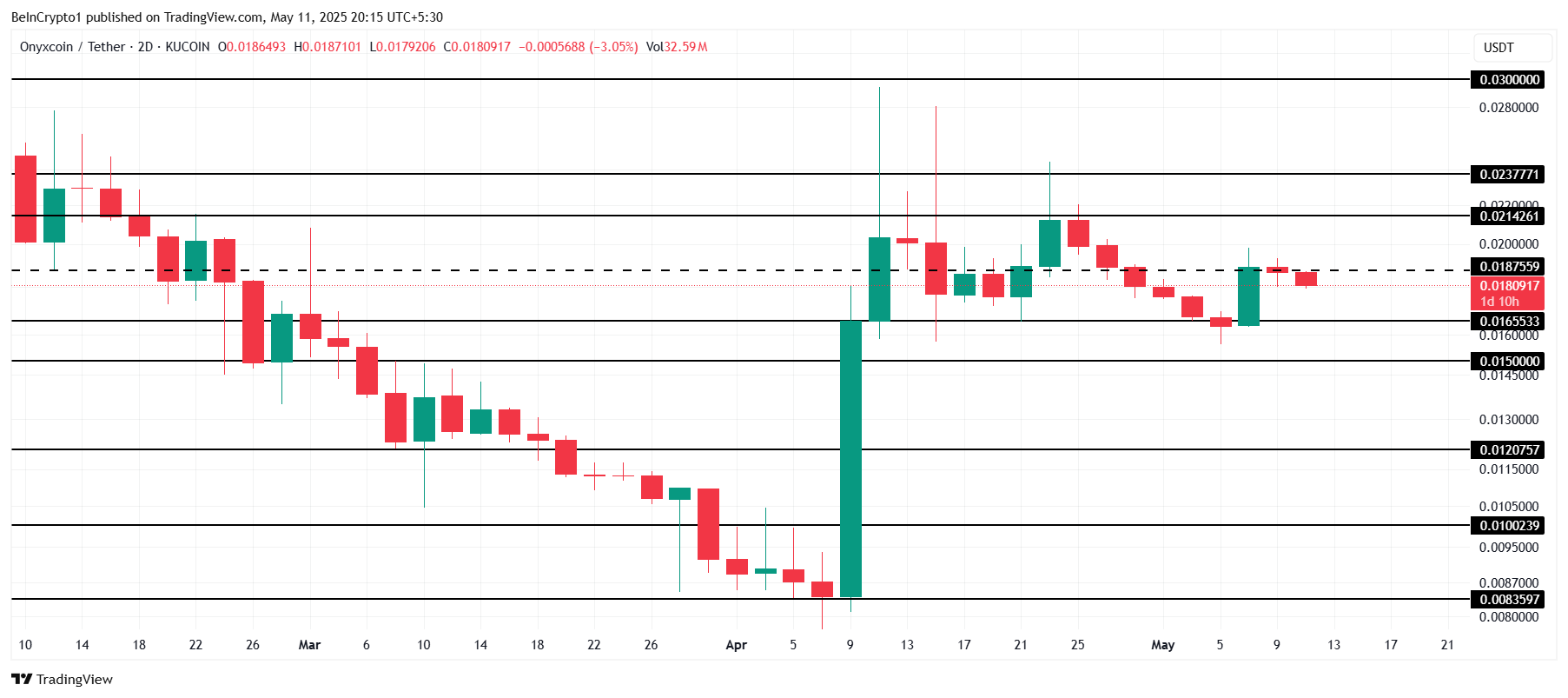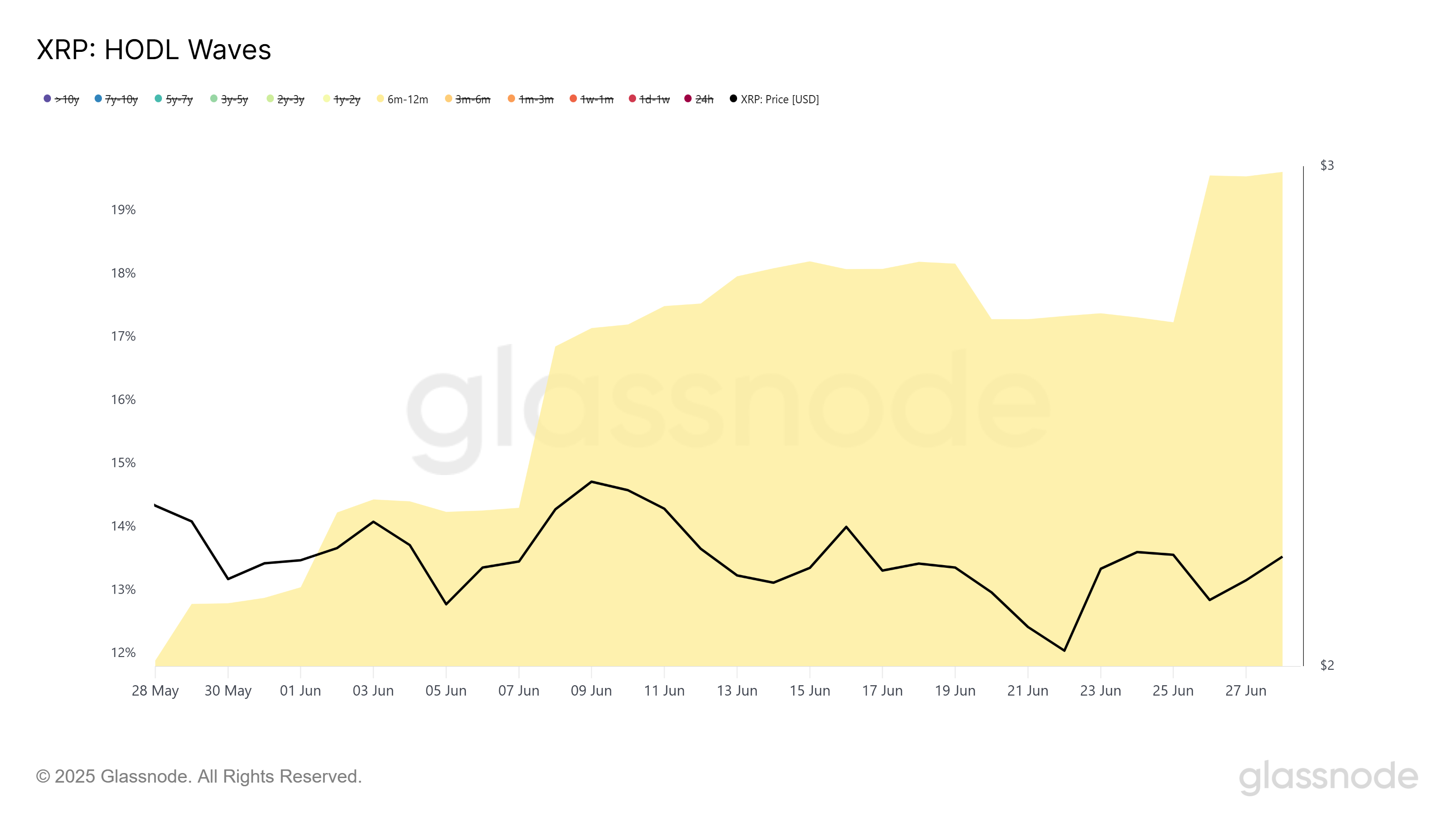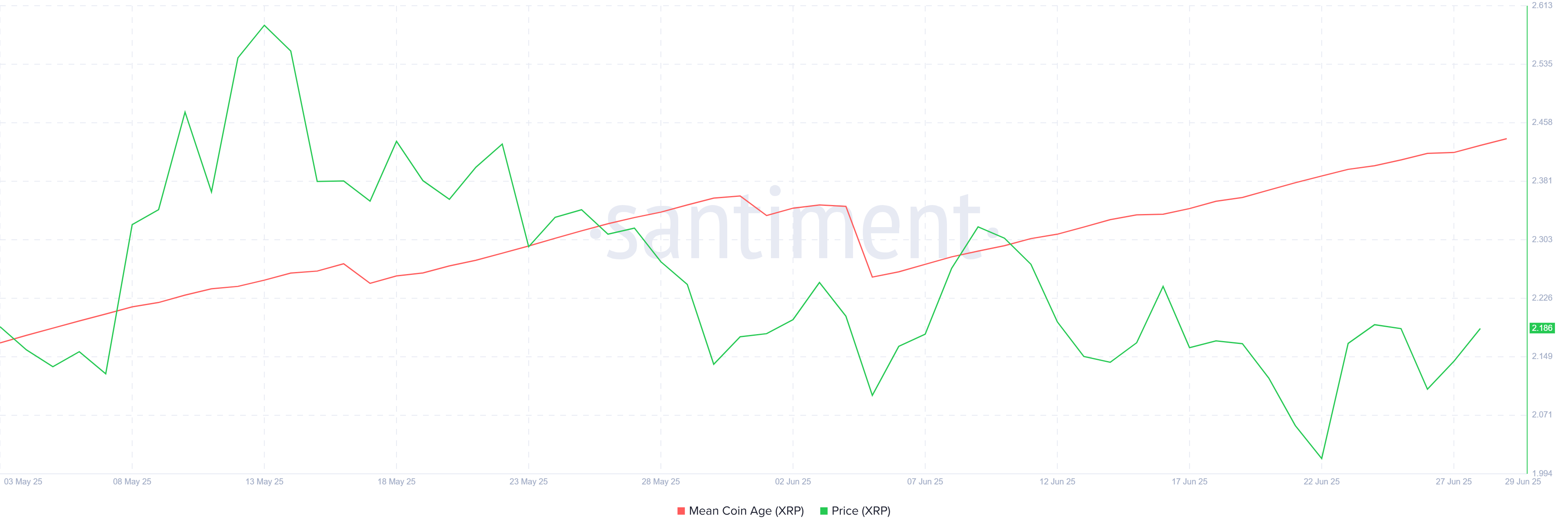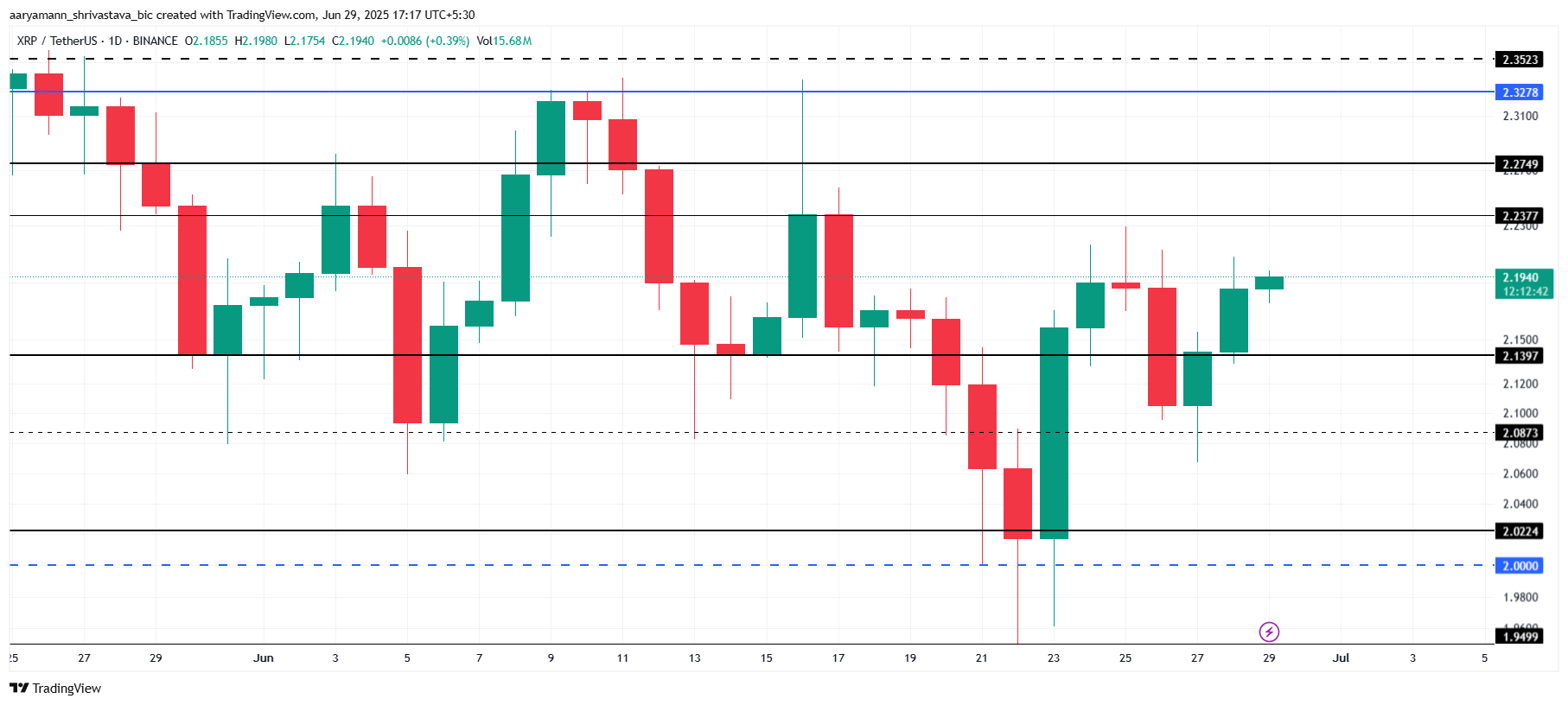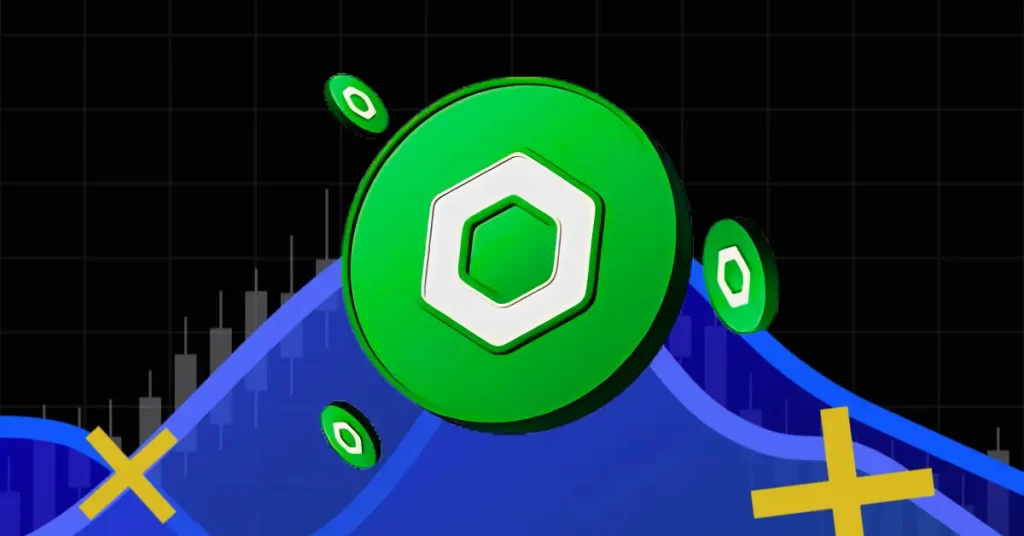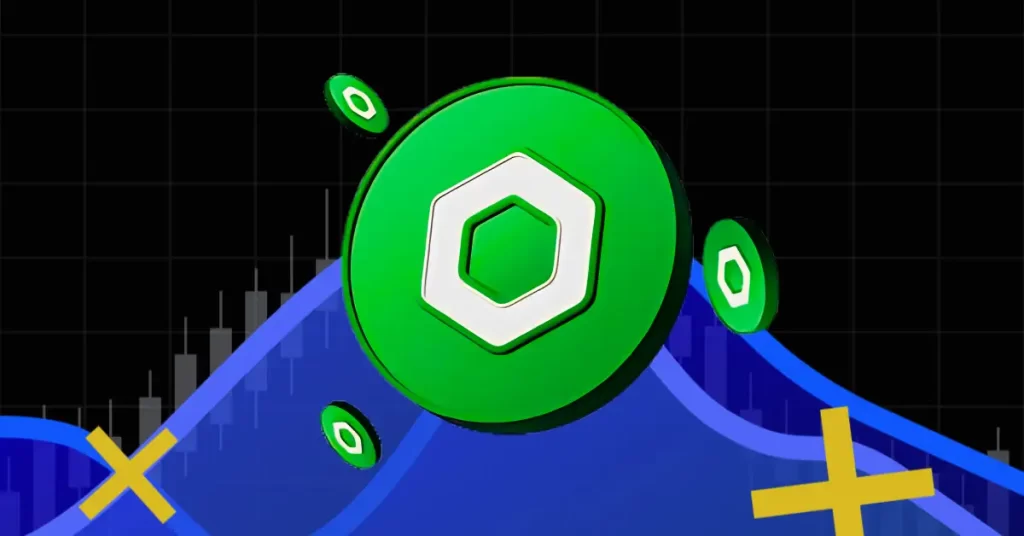
The Mantra team has addressed the crypto community following the Mantra (OM) token price crash of over 80% in the last 24 hours. Despite the statement, the community is still concerned that this might have been a rug pull by the team, which controls a huge amount of the token’s total supply.
Mantra Team Responds Following Token Crash
In an X post, the Mantra team assured the community that the token is “fundamentally strong” despite the crash that occurred in the last 24 hours. The team blamed the crash on “reckless liquidations” and denied it had anything to do with the project.
They further assured that this had nothing to do with the team and revealed that they were looking into the Mantra price crash and would share more details about what happened as soon as possible.
In an X post, the project’s co-founder, John Patrick Mullin, further revealed that there was a massive forced liquidation from a large OM investor on a Centralized Exchange (CEX). However, he didn’t reveal whether it was one of the top crypto exchanges.
In another X post, Mullin tried to set the record straight. He stated that they didn’t delete the Telegram channel. He further remarked that the team’s tokens all remain in custody and provided a wallet address (mantra…..quam) for community members to verify this claim.
The Mantra co-founder added that they are actively figuring out why these massive forced liquidations occurred and will provide more information as soon as possible. He assured that they are still here and not going anywhere.
Mantra Price Crashes By Over 80% In 24 Hours
CoinMarketCap data shows that the Mantra price has crashed by over 80% in the last 24 hours. The token sharply dropped from an intra-day high of $6.3 to as low as $0.4. However, it has reclaimed the $1 price level following the team’s statement.
However, amid this statement, some community members still seem convinced that this was a rug pull, as the team controls a huge amount of the token’s supply. Crypto commentator Sjuul described the OM token as the LUNA of this cycle.
He further explained why the community believes the crash was a rug pull, stating that the crash began when a wallet believed to be connected to the team suddenly deposited 3.9 million OM tokens to the OKX crypto exchange. This deposit led to significant selling pressure, which caused the Mantra price to crash.
Besides the token’s crash, the broader crypto market is witnessing a downtrend following US President Donald Trump’s statement in which he debunked reports of an exemption. This comes just a day after the crypto market rebounded following reports that the US president had exempted computers, phones, and chips from his tariffs on China and other countries.
The post Mantra Team Responds As The OM Token Price Crashes Over 80% In 24 Hours appeared first on CoinGape.

